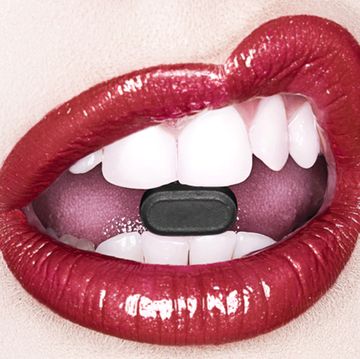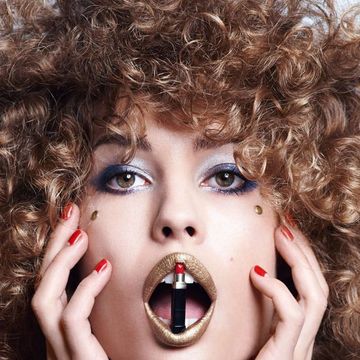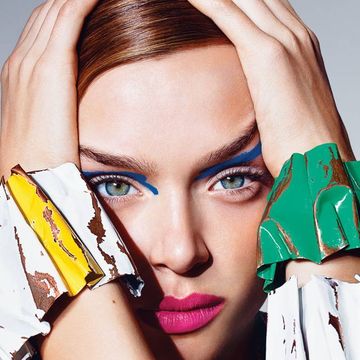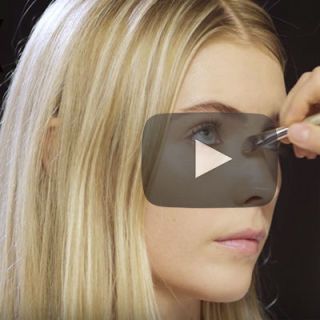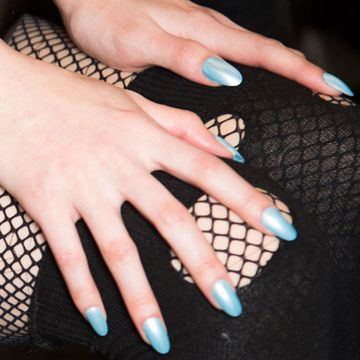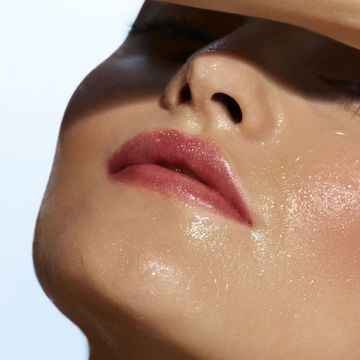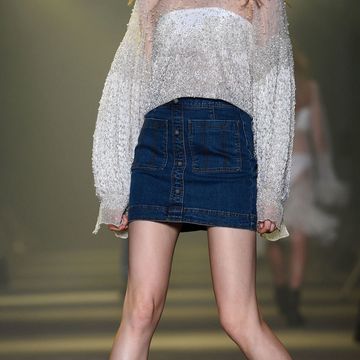Question: What do the terms 'natural,' 'organic,' 'non-toxic' and 'hypoallergenic' really mean on beauty product labels? Which is most important to look for?
Answer: We asked Adina Grigore, founder of the all-natural (we'll get to that), sustainable skincare line S.W. Basics of Brooklyn, holistic nutritionist and author of Skin Cleanse: The Simple, All-Natural Program for Clear, Calm, Happy Skin, what the differences between the beauty buzzwords are.
Natural: "Legally, this means nothing—it's a completely unregulated term and should be thought of as pure marketing," says Grigore. "It will generally mean that at least some natural ingredients have been used in the formula, but a product can be labeled as natural and contain up to 30 percent synthetic ingredients." Look at the label and if the product is full of ingredients born in a lab (ethyl acetate, nitrocellulose, red #11, etc.) and the only from-the-earth one you recognize is buried at the bottom, that means it's hardly natural. If all the ingredients listed are just the INCI (International Nomenclature of Cosmetic Ingredients) Latin names for things you recognize—for example: sodium cocoate is saponified coconut oil—the product is all-natural.
Organic: "The use of the word organic is actually highly regulated, and legally means a brand or ingredient has been certified by the USDA. You should see an accompanying logo that confirms this; if you don't, it means nothing and they are about to get in trouble. If you do see the logo, it means that said ingredient (or almost 100% of the ingredients in an organic product) have been grown and processed under a very strict code of cleanliness, with no pesticides or fertilizers, and absolutely no genetically modified organisms."
Non-Toxic: "This is a newer designation, also mostly marketing," says Grigore. "When companies claim to be non-toxic, they are specifically referring to leaving out ingredients that have been linked to toxic responses in humans: neuro-disruption, hormone disruption, cancer, even death. A great, or I should say horrible, example is phthalates [found mostly in household products and shampoo and conditioner, they give products a uniform consistency and make them easier to pour.]." Here are some of the other offender ingredients to always avoid: formaldehyde (found in nail polish, hair gel and color cosmetics); petroleum (found in moisturizers and lip balms); asbestos (labeled as talc or hydrous magnesium silicate); lead acetate (found in hair dye and lipstick); coal tar (found in hair dye and anti-dandruff shampoo).
Hypoallergenic: Products labeled hypoallergenic are making the claim that they cause fewer adverse reactions than their competitors, but any product can be marked with the word, according to Grigore. "It holds no meaning whatsoever."



